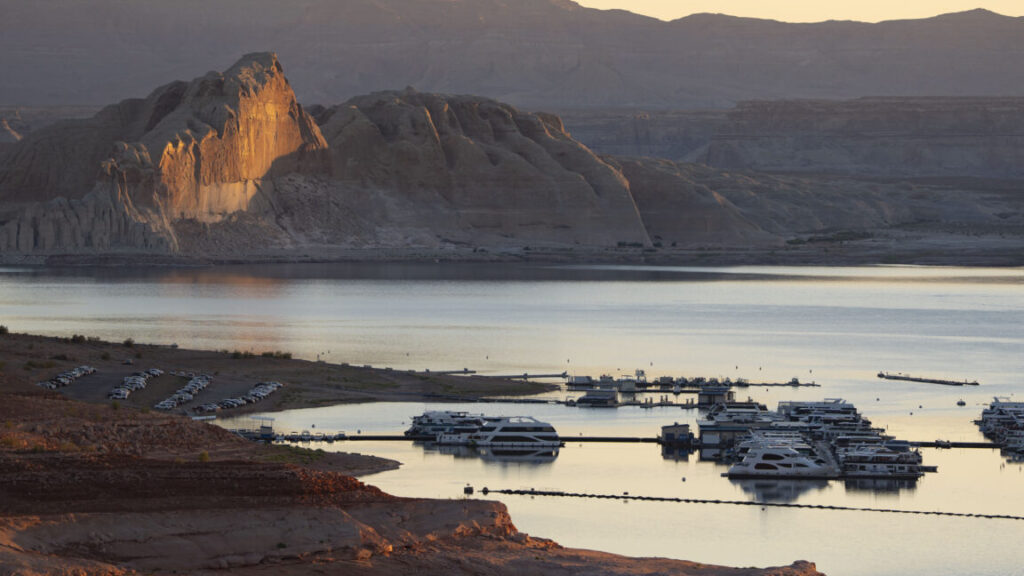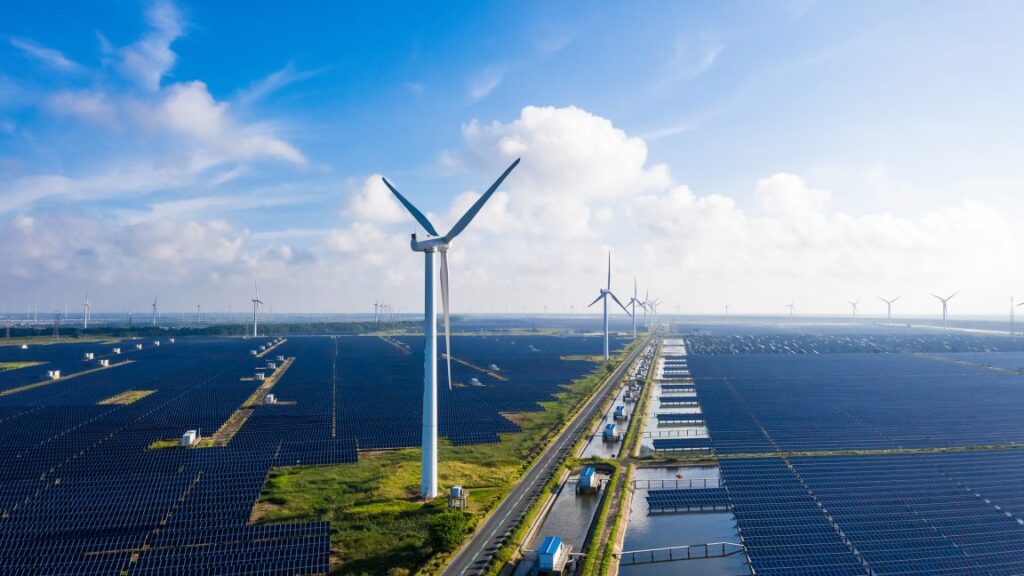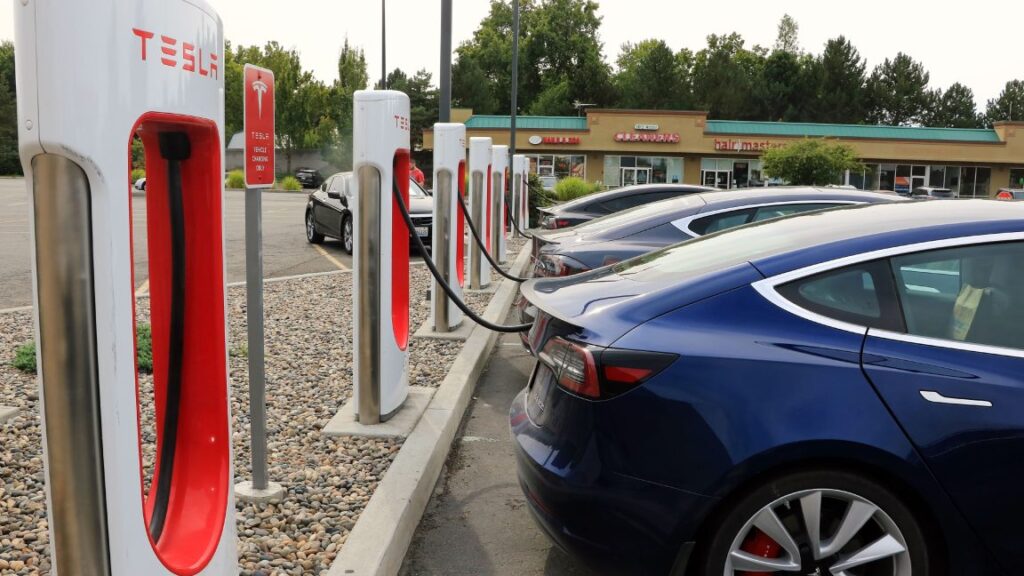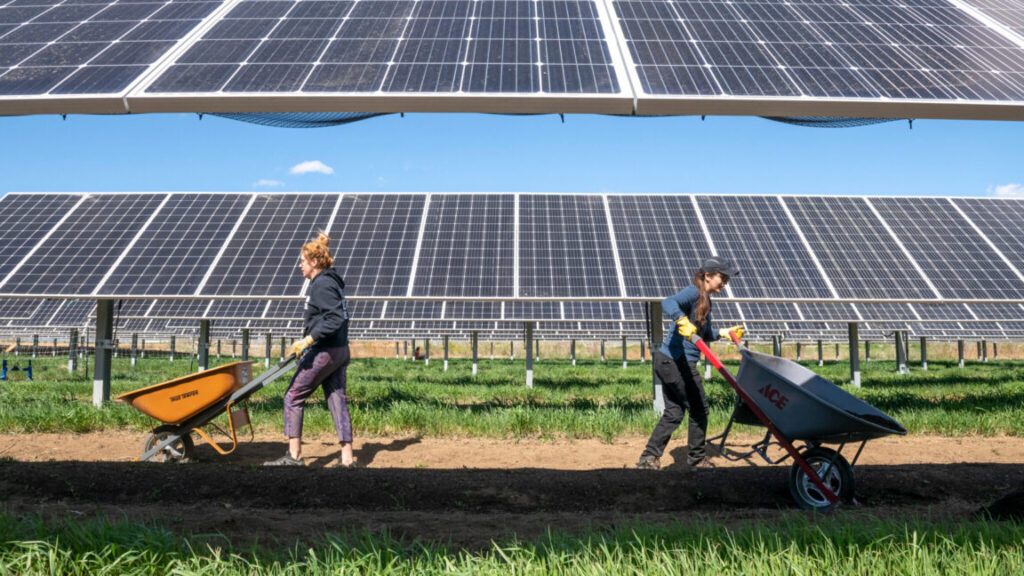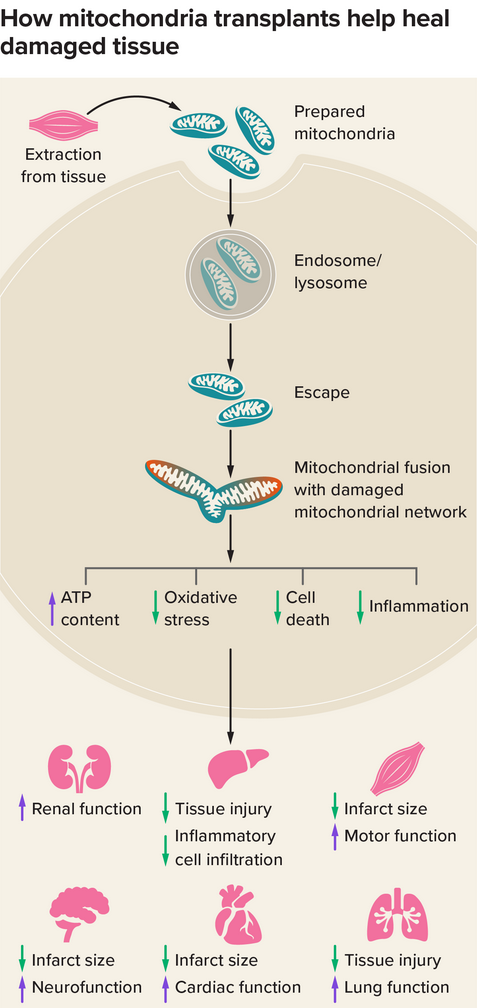UK backing down on Apple encryption backdoor after pressure from US
Under the terms of the legislation, recipients of such a notice are unable to discuss the matter publicly, even with customers affected by the order, unless granted permission by the Home Secretary.
The legislation’s use against Apple has triggered the tech industry’s highest-profile battle over encryption technology in almost a decade.
In response to the demand, Apple withdrew its most secure cloud storage service from the UK in February and is now challenging the Home Office’s order at the Investigatory Powers Tribunal, which probes complaints against the UK’s security services.
Last month, Meta-owned WhatsApp said it would join Apple’s legal challenge, in a rare collaboration between the Silicon Valley rivals.
In the meantime, the Home Office continues to pursue its case with Apple at the tribunal.
Its lawyers discussed the next legal steps this month, reflecting the divisions within government over how best to proceed. “At this point, the government has not backed down,” said one person familiar with the legal process.
A third senior British official added that the UK government was reluctant to push “anything that looks to the US vice-president like a free-speech issue.”
In a combative speech at the Munich Security Conference in February, Vance argued that free speech and democracy were threatened by European elites.
The UK official added, this “limits what we’re able to do in the future, particularly in relation to AI regulation.” The Labour government has delayed plans for AI legislation until after May next year.
Trump has also been critical of the UK stance on encryption.
The US president has likened the UK’s order to Apple to “something… that you hear about with China,” saying in February that he had told Starmer: “You can’t do this.”
US Director of National Intelligence Tulsi Gabbard has also suggested the order would be an “egregious violation” of Americans’ privacy that risked breaching the two countries’ data agreement.
Apple did not respond to a request for comment. “We have never built a back door or master key to any of our products, and we never will,” Apple said in February.
The UK government did not respond to a request for comment.
A spokesperson for Vance declined to comment.
The Home Office has previously said the UK has “robust safeguards and independent oversight to protect privacy” and that these powers “are only used on an exceptional basis, in relation to the most serious crimes.”
© 2025 The Financial Times Ltd. All rights reserved. Not to be redistributed, copied, or modified in any way.
UK backing down on Apple encryption backdoor after pressure from US Read More »

